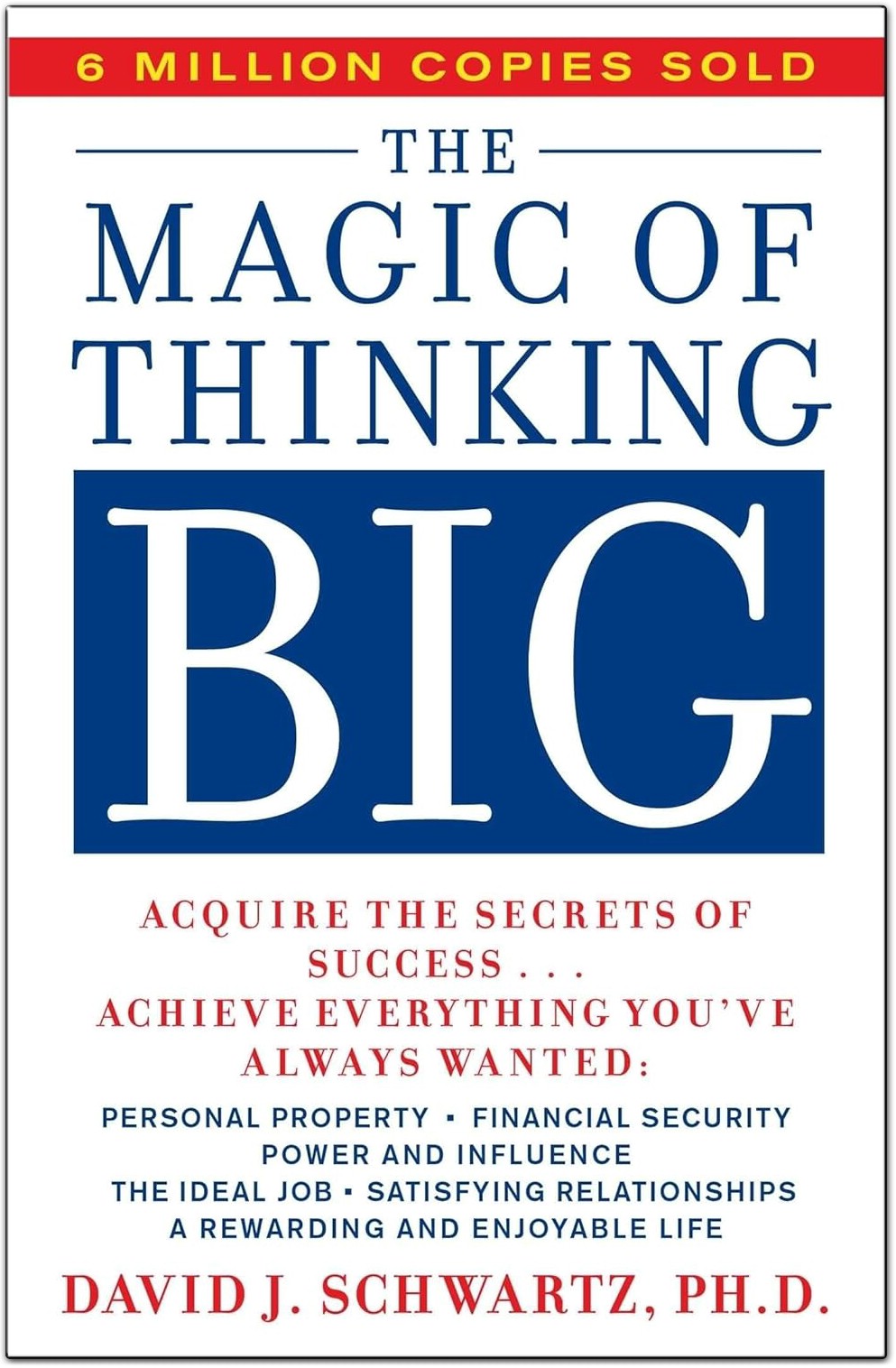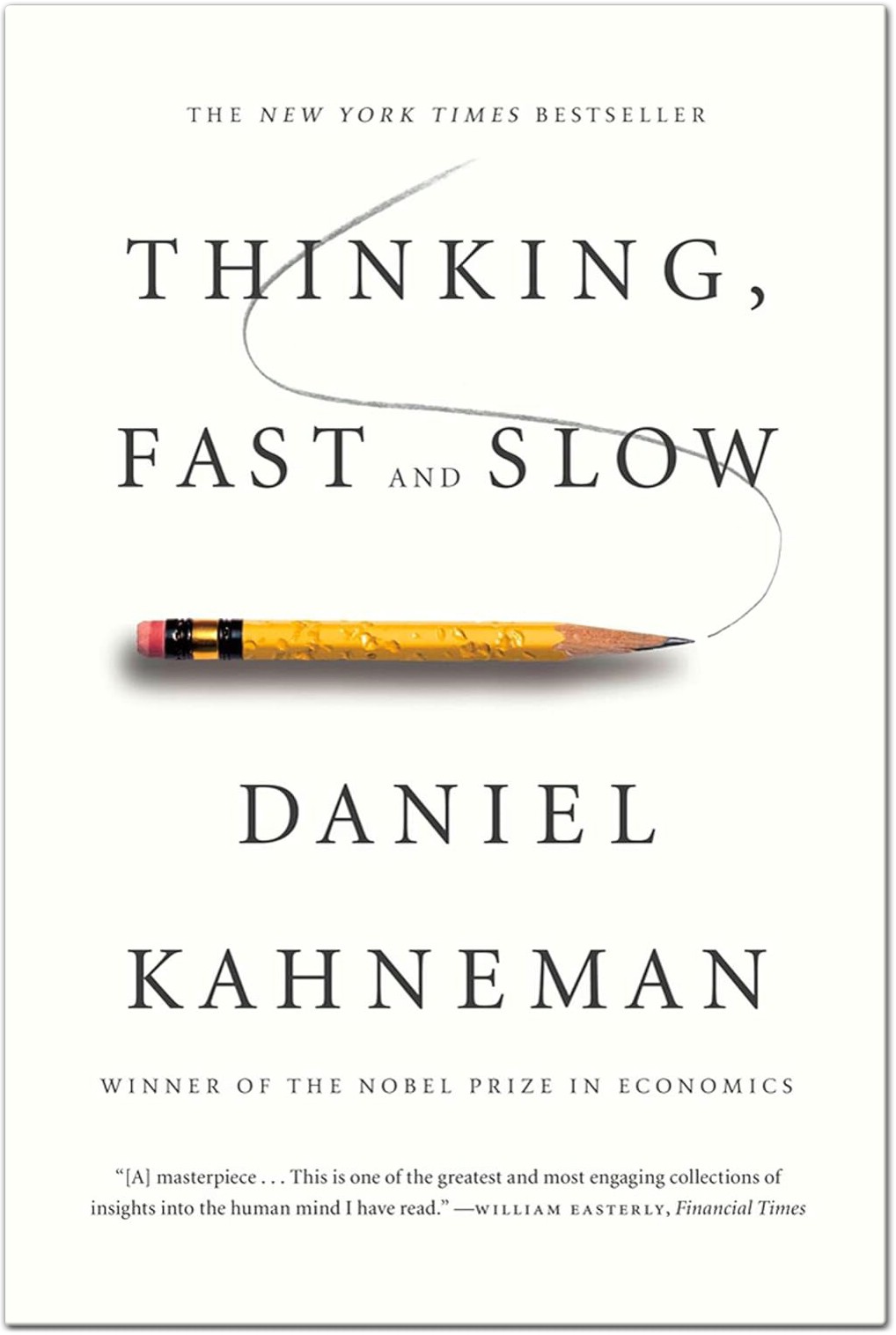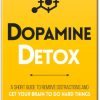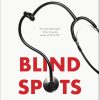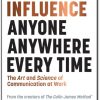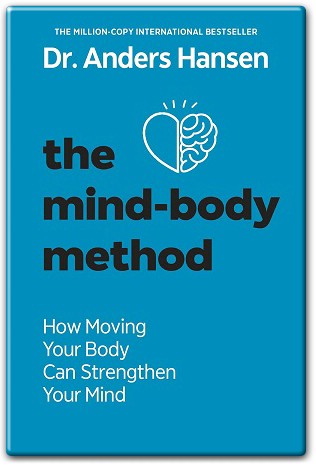
The Mind-Body Method How Moving Your Body Can Strengthen Your Mind by Anders Hansen Details & Statistics
| Attribute | Details |
|---|---|
| Publisher | Zeitgeist (September 3, 2024) |
| Language | English |
| Paperback | 256 pages |
| ISBN-10 | 0593886348 |
| ISBN-13 | 978-0593886342 |
Statistics of The Mind-Body Method How Moving Your Body Can Strengthen Your Mind
Here are the key statistics for The Mind-Body Method: How Moving Your Body Can Stop You Losing Your Mind by Dr. Anders Hansen:
- Publication Information:
- Release Date: March 21, 2024
- Author: Dr. Anders Hansen
- Customer Ratings:
- Amazon Rating: 4.4 out of 5 stars (based on 11 ratings)
- Goodreads Rating: 3.7 out of 5 stars (based on 39 ratings)
- Best Sellers Rank:
- Overall Rank: #4,406,835 in Books
- Editions:
- Total Editions: 5
- Genres:
- Health, Self-Help, Nonfiction, Psychology
The Mind-Body Method How Moving Your Body Can Strengthen Your Mind Quotes
“Our brains have evolved for physical activity, and they perform best when we keep our bodies moving.”
“Exercise is like a mental upgrade—benefiting not only our mood but sharpening focus, creativity, and memory.”
“The brain, surprisingly, is the organ that benefits most from physical activity, reshaping itself with each step.”
“Every thought, every movement, rewires your brain, showing that who you are can be changed by what you do.”
“Exercise doesn’t just make you feel better; it reshapes your brain, strengthening it to withstand stress and anxiety.”
“The mental clarity that follows a workout is a reminder that our bodies and minds are one unified system.”
“Movement unlocks hidden brain potential, a biological secret that, once discovered, can transform lives.”
“For a sharper mind and a brighter outlook, the answer is simple—just start moving, and your brain will follow.”
“Physical activity can be as powerful as medication for mood and resilience, a tool for both prevention and healing.”
“Human evolution designed us to move—every step we take strengthens our brain, enhancing life today and into the future.”
The Mind-Body Method How Moving Your Body Can Strengthen Your Mind Table Of Contents
- Foreword
- Preface: Exercise Your Brain
- 1. Your Changeable Brain
- 2. Run Away from Stress
- 3. Better Focus
- 4. The Real Happy Pill
- 5. Jog Your Memory
- 6. Train Yourself Creative
- 7. The Growing Brain
- 8. Healthy Aging of the Brain
- 9. A Stone Age Brain in the Digital Age
- 10. The Right Prescription for the Brain
- Afterword
- Glossary
- Bibliography
- Acknowledgments
- Index
- About the Author
The Mind-Body Method Book Summary by Chapter
1. Your Changeable Brain
This chapter explores neuroplasticity, the brain’s ability to change and adapt, emphasizing that our brains aren’t fixed but moldable. Hansen delves into how lifestyle choices—especially physical exercise—shape our brains more than genetic predispositions alone.
He argues that physical activity helps improve cognitive functions, enhances memory, and increases resilience to stress. Neuroplasticity enables new neural connections and strengthens existing ones, meaning the brain is more dynamic than static.
The text emphasizes that exercise uniquely facilitates this plasticity, making it a better brain-enhancer than traditional mental exercises like puzzles. By understanding the brain’s adaptive nature, readers are encouraged to adopt physical activity as an essential part of their daily routine for long-term cognitive and mental health benefits.
2. Run Away from Stress
In this chapter, Hansen examines how exercise serves as an effective way to combat stress by engaging the hypothalamic-pituitary-adrenal (HPA) axis, which regulates the stress response. He explains that our ancestors’ active lifestyle was necessary for survival, helping them manage stress naturally. Exercise activates the body’s “fight or flight” system in a way that reduces overall cortisol levels, thereby lessening anxiety and enhancing mental resilience.
He details how physical activity converts muscles into “stress treatment plants” that neutralize harmful chemicals associated with stress. Hansen advises that even mild forms of exercise, like walking, can dramatically improve one’s ability to cope with life’s challenges by stabilizing mood and reinforcing stress tolerance over time.
3. Better Focus
the connection between exercise and improved focus, attributing the boost in attention to increased dopamine levels. Dopamine, crucial for concentration, is released through exercise, helping the brain filter distractions more effectively. Hansen discusses studies measuring selective attention, illustrating how fit participants outperform others in focus tasks. Regular physical activity, particularly more intense exercise like running, enables the brain to “switch gears” more easily, focusing better in high-distraction environments. By describing tests like the Eriksen flanker task, which measures selective attention, Hansen underscores how exercise optimizes brain function for modern demands on attention, advocating for physical activity as a foundational tool for improved cognitive performance.
4. The Real Happy Pill
Chapter 4: The Real Happy Pil exercise “the real happy pill” for its effects on mood and emotional well-being, comparing it to pharmaceutical antidepressants. He explains that physical activity increases levels of brain-derived neurotrophic factor (BDNF), which supports neuron growth and boosts mood. Through anecdotes and clinical studies, he shows how exercise works as an effective treatment for mild to moderate depression. Hansen emphasizes that, unlike antidepressants, exercise has no adverse side effects.
He highlights how regular activity fosters sustained emotional resilience, encouraging readers to view exercise as a natural antidepressant that offers long-lasting improvements in happiness and quality of life.
5. Jog Your Memory
This chapter explores the benefits of memory, especially as we age. Hansen explains that physical activity increases hippocampal volume, a critical brain region for memory formation and retrieval. He highlights how aerobic exercise, like jogging or brisk walking, can stimulate the growth of new neurons and enhance cognitive reserve, which protects against memory loss. Hansen discusses the role of neurogenesis (the creation of new brain cells), showing that exercise not only prevents age-related cognitive decline but can also improve existing memory function. This chapter is particularly motivating for those looking to enhance their memory, offering practical advice on incorporating aerobic activity into daily routines for optimal cognitive health.
6. Train Yourself Creative
In this chapter, Hansenhe link between physical activity and creativity, illustrating how exercise increases “divergent thinking,” a key element of creative problem-solving. He explains that activities like walking and running allow the brain to enter a relaxed state, which facilitates idea generation. He shares how exercising outdoors, with varied sensory inputs, particularly enhances creativity by stimulating the prefrontal cortex. Hansen demonstrates that while intense focus can inhibit creativity, moderate, repetitive physical activity encourages free thought. Through scientific studies, he shows that people are generally more creative after a workout, highlighting exercise as a tool not only for physical fitness but also for boosting innovation and creative thought.
7. The Growing Brain
Hansen argues that exercise benefits not but also children, whose brains are still developing. He presents evidence that physical activity improves children’s academic performance by enhancing focus, memory, and problem-solving skills. Hansen suggests that integrating more physical education in schools could lead to better learning outcomes, emphasizing how movement-based learning helps children develop resilience and cognitive flexibility.
This chapter reinforces the idea that the growing brain requires activity to reach its full potential, making a case for increased gym time and physical play to support both physical and intellectual growth in young people.
8. Healthy Aging of the Brain
Focusing on aging, Hansen explains that physical activity slows down the brain’s natural aging process. Exercise maintains brain volume and combats degenerative diseases like Alzheimer’s by supporting neuroplasticity and cardiovascular health.
Hansen highlights studies showing that seniors who engage in regular physical activity retain cognitive functions better than their sedentary peers. He encourages readers to stay active as they age, noting that exercise improves quality of life and reduces age-related cognitive decline.
Hansen portrays exercise as a powerful anti-aging tool, promoting it as a non-pharmaceutical method to preserve mental clarity and independence into old age.
9. A Stone Age Brain in the Digital Age
Hansen explores how our brains, which evolved for physical activity, are facing challenges in today’s sedentary, technology-driven society. He clarifies that in the past, humans needed to be active to survive, but with the advent of modern conveniences, this necessity has disappeared, leading to a disconnect between our biology and how we live today.
Hansen proposes that this lack of harmony leads to a rise in stress, anxiety, and cognitive exhaustion in contemporary society. By grasping this evolutionary background, individuals are motivated to include additional physical activity in their daily routines to match their brain’s inherent structure, enhancing overall mental health.
10. The Right Prescription for the Brain
In the last chapter, Hansen offers a physical activity routine for maximum mental advantages. He suggests certain exercise types, lengths, and levels of intensity that have been proven to improve brain health through scientific research. Hansen stresses that engaging in physical activity not only improves physical health but also impacts mood, focus, memory, and ability to handle stress positively.
He offers a brief overview of the main points of the book, motivating readers to adopt a regular, achievable approach to living an active life. The chapter encourages taking action by promoting exercise as a crucial, evidence-supported routine for a better, more joyful brain.
About the Author: Anders Hansen

Dr. Anders Hansen is a Swedish psychiatrist and best-selling author renowned for his work on mental health, exercise, and the brain. His books, including The Happiness Cure and The ADHD Advantage, have sold millions globally and topped bestseller lists.
Hansen has gained international recognition with his TV series about brain health and is a two-time winner of the Big Health Award (2017, 2019), as well as the recipient of the 2018 Mensa Prize in Sweden
![]()
Attachments & References
- Get Your Copy Of The Book: The Mind-Body Method How Moving Your Body Can Strengthen Your Mind
- Check out more Similar books
- Amazon’s book page
- Goodreaders’s book page
- Author’s image source: salomonssonagency.se
- Book Cover: Amazon.com





